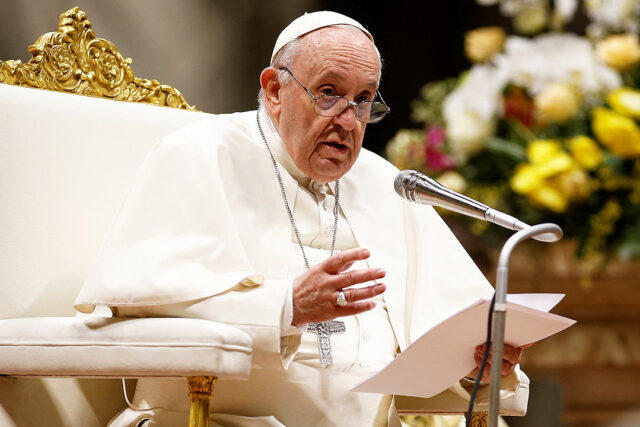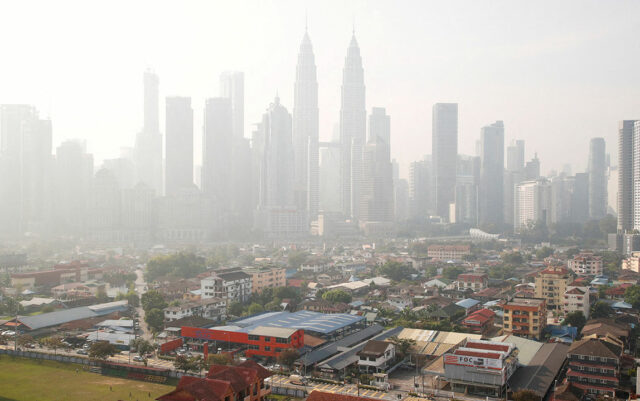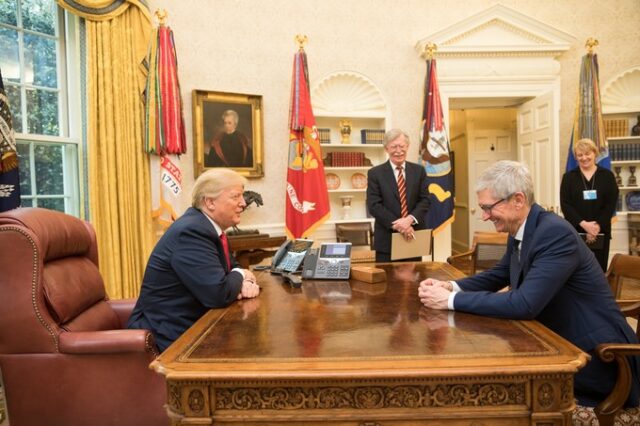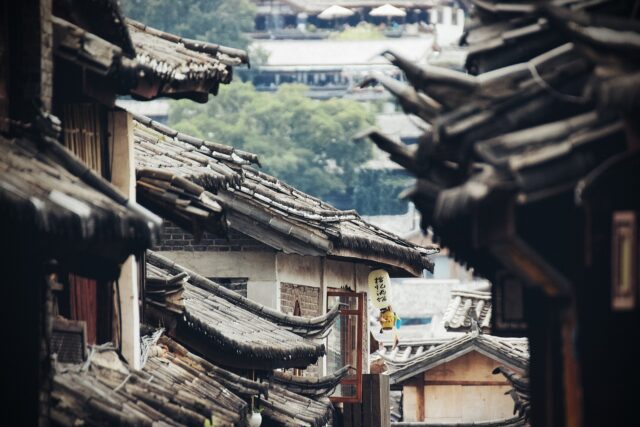DUAN, China – David Wei had to carry his nephew on his back for 3 km (1.9 miles) after the younger man suffered a heart attack, staggering down a road being repaired in rural China, while an ambulance took 90 minutes to drive out from the city and save him.
By the time the nephew had his second cardiac arrest last year, at age 53, that section of the road to his village had been fixed, but a delay in calling the ambulance meant it could not arrive in time.
“If we’d lived in the city he might have had a chance,” said 60-year-old Wei, sitting by a charcoal-burning brazier in his two-story home in the mountains of Duan Yao county, in China’s southern region of Guangxi.
His experience shows how challenging it can be to get medical care in some rural areas, a task that will only get more critical in coming years for ageing rural communities, where about 120 million people are already 60 or older.
China’s development model is at a crossroads, say health and population experts, with a choice between much higher spending on pensions and healthcare or industrial upgrades and urbanization, which Beijing sees as key to bolstering growth.
At a twice-a-decade meeting of the ruling Communist Party last year, Beijing promised to pursue both.
However, spending vast resources on rural healthcare was “not a good move” right now, a government adviser told Reuters.
“High-quality doctors are unwilling to live in rural areas and low-quality ones cannot provide good services. This is a structural problem,” added the adviser, speaking on condition of anonymity, as the topic is a sensitive one.
“The key is building townships, which is lagging behind.”
China’s National Health Commission, and the State Council Information Office, which handles media queries for the government, did not immediately respond to requests for comment.
Critics say that for China to choose urban and industrial investment over welfare programs for its low-income rural population would present it with long-term growth risks greater than the short-term gains.
It could exacerbate overcapacity in factories, weaken consumption, and worsen the demographic crisis by pushing people into cities, where they take on busy jobs and live in small, costly apartments, so they tend to have fewer children.
“When the prospect of economic development is in doubt, the Chinese government … has consistently prioritized investment and growth over social spending and welfare,” said Jundai Liu, an expert on rural China at the University of Michigan.
“The irony is that such policy priorities are a major contributor to China’s population decline – what the government perceives to be the obstacle to economic development,” said Liu, who predicts an accelerated “hollowing out” of rural China.
But moving to the city is hardly an option for ageing farmers like Wei, who says, “We don’t have land there. We would need money for food.”
Not to tackle villagers’ healthcare needs raises poverty and life expectancy risks in their communities, said Sasha Han, an assistant professor at the Chinese Academy of Medical Sciences.
“Rural residents who aren’t able to relocate may experience feelings of being left behind and increasingly marginalized,” Han said.
RURAL DOCTORS FLEE
To be sure, during its four decades of breakneck growth, China has made dramatic progress in rural healthcare. In the era of Mao Zedong, most villagers could rely only on so-called “barefoot doctors”, or farmers with minimal medical training.
One assistant physician in Yongchuan, a rural district of the sprawling southwestern city of Chongqing, says his hospital has extensive specialty departments and sophisticated equipment, including its own laboratory.
But the medical staff, numbering 120 to 130, can barely cope with the needs of the 60,000 people they serve.
“Sometimes I don’t even have time to drink water,” said the doctor, who sought anonymity to speak about the issues.
China’s biggest healthcare challenge is attracting qualified medical staff to rural areas, said Shenglan Tang, a global health professor at Duke-Kunshan University.
Doctors and medical students cite low pay and heavy workloads. A lack of good schools and other facilities deters young health workers from moving families to the countryside, Tang said.
Over the past decade, the number of urban doctors almost doubled to 4.1 million, while the figure for rural doctors dropped 42% to 622,000, more than twice the rate at which the rural population shrank, National Health Commission data show.
Large cities like Chengdu, the capital of the western province of Sichuan, “extract the good doctors from the small cities. And the hospitals in the small cities extract the good doctors from rural areas,” a Chengdu doctor said.
Shirley Yang, 24, a postgraduate medical student and resident physician in Zhuhai, a city in the southern province of Guangdong, said monthly incomes in the provincial capital of Guangzhou exceed 20,000 yuan ($2,750), or 10 times those of rural hospitals.
“We wouldn’t consider rural hospitals,” said Yang, referring to medical students. “The salary gap is significant.”
Communities such as Wei’s, which are further away from cities, are especially underserved, with the nearest clinic 10 km (6 miles) away, though Wei said villagers only sought treatment in the city.
When Reuters visited, a sign on the door showed the clinic was closed for three hours. An off-duty nurse said the staff there could only treat colds and fevers.
Xiang, a 43-year-old village doctor in Hunan province, who declined to provide her last name, said she was given only a stethoscope and thermometer, and could only treat colds. She used her own funds to buy a blood sugar measuring device.
She walks door-to-door to monitor hypertension and diabetes, but villagers often turn her away because, she said, “They think the services are not professional enough.”
Although she estimates more than half of those registered in the village now work in cities, she still has a grueling job.
“I provide medical care, grow vegetables to sell, and have a side job to support my family,” said Xiang, whose salary as a doctor is 1,000 yuan a month.
LURING STUDENTS
China spent 7.2% of its economic output on healthcare in 2023, the National Health Commission says. That compares with expenditure of 11.5% and 9.7% of GDP in heavily-industrialized and ageing Japan and South Korea respectively, OECD data shows.
High local government debt will make it difficult for China to boost investment in healthcare.
But one strategy by which authorities plan to “markedly narrow” the rural-urban healthcare gap by 2035, laid out in an official policy document from September, is by scrapping tuition fees for some medical students.
In return, the fledgling doctors will pledge to work in rural clinics in pre-graduation placements or after graduating.
A student assigned to a village in central China said she had signed a temporary contract with a clinic there, letting her continue studying for her physician’s diploma and possibly join a post-graduate program.
Once her contract ends, she added, “If the employment environment is still not good, I will just give up and work in other industries.” – Reuters









